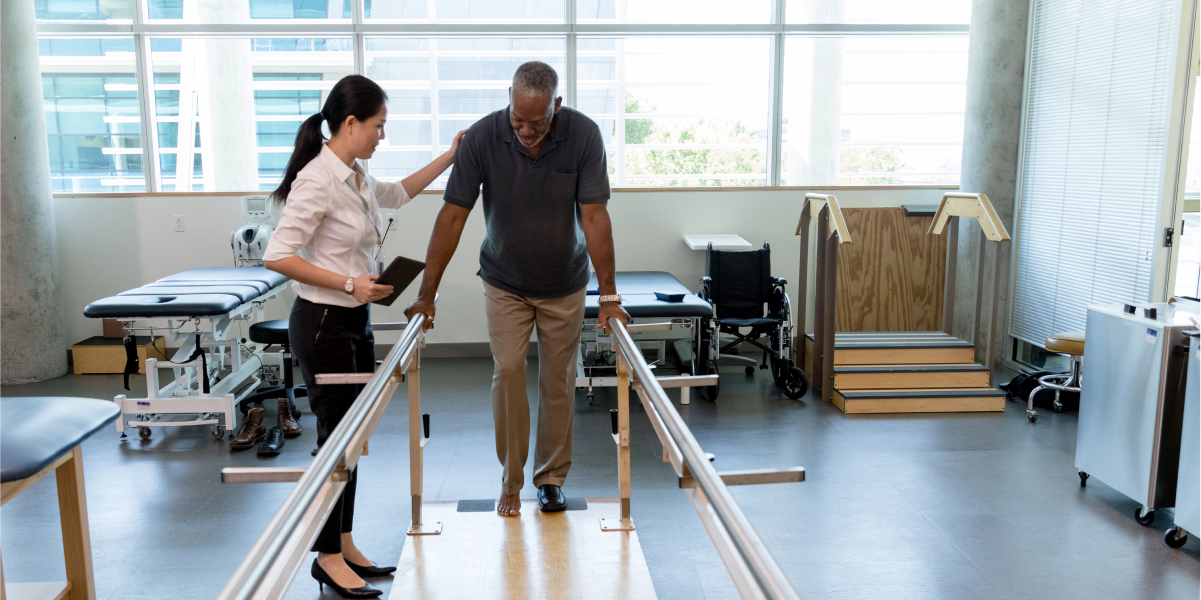The decision to place a loved one in a nursing home is never an easy one. Most individuals elect to put their loved one in a nursing home because their relative is unable to care for him or herself. Often, the loved one has already experienced problems or dangers living on their own, including falls, medication non-compliance, or inadequate self-care. Nursing homes are thought to provide a safer environment for the elderly, but statistics show that falls in nursing homes continue to kill and seriously injure thousands annually.
How Often Do Falls Occur in Nursing Homes?
Nursing home falls rarely make the news, but they occur in high numbers. According to the Centers for Disease Control and Prevention, there are more than 1.4 million people over the age of 65 living in nursing homes today. This rate is expected to increase to three million by the year 2030. Here are some facts about current fall rates:
- About 1,800 individuals living in nursing homes pass away due to fall-related injuries each year;
- Only 5 percent of all persons over the age of 65 live in nursing homes, but 20 percent of all falls in this age group involve nursing home residents;
- Each year, a typical nursing home reports 100 to 200 falls;
- About half or three-quarters of nursing home residents fall each year;
- Patients average 2.6 falls per person per year;
- About 35 percent of falls happen in residents who cannot walk.
Falls among the elderly in nursing homes can result in death or serious injuries that may continue to impact the resident for the remainder of his or her life. Common fall injuries include broken bones, traumatic brain injuries, organ damage, and more.
What are the Causes of Nursing Home Falls?
There are numerous common causes of nursing home falls. Elderly individuals are predisposed to falls because they often have chronic conditions, coordination issues, thought or memory problems, and other medical conditions that impact their daily living activities. While some falls can be attributed to poor health and gait issues, others may be traced to the negligence of the nursing home facility.
Nursing homes have a duty to provide residents with a safe environment that will be free of unnecessary fall risks. Nursing homes must assess the fall risk of each resident, taking into account their medications and fall history. Adequate staffing, proper equipment, correct medication dosing, and the like can all help to ensure falls do not occur. If a nursing home fails to take these steps and injury results, the facility may be held accountable.
Put Our Law Firm’s Over 39 Years of Legal Experience to Work For Your Case!
Montlick Injury Attorneys, Attorneys at Law, has been representing those who suffer serious injuries throughout all of Georgia and in the Southeast for over 39 years, including but not limited to Albany, Athens, Atlanta, Augusta, Columbus, Gainesville, Macon, Marietta, Rome, Roswell, Savannah, Smyrna, Valdosta, Warner Robins and all smaller cities and rural areas in the state.
No matter where you are located, our attorneys are just a phone call away, and we will even come to you. Call us 24 hours a day/7 days a week for your Free Consultation at 1-800-LAW-NEED® (1-800-529-6333). You can also visit us online at www.montlick.com and use our Free Case Evaluation Form or 24-hour Live Online Chat.


